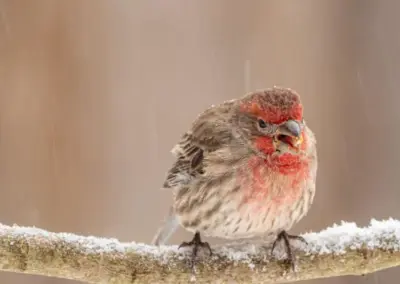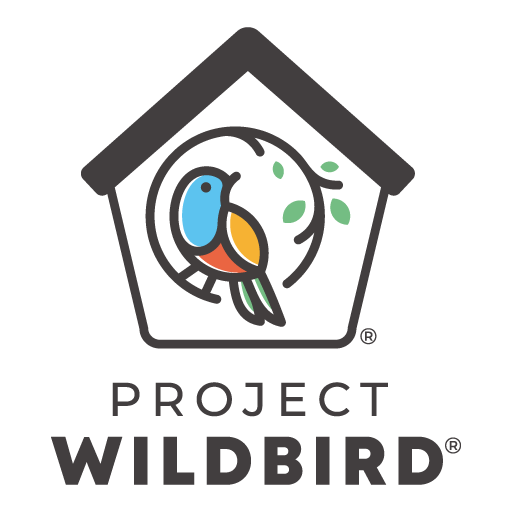Transitioning Bird Care from Summer to Fall
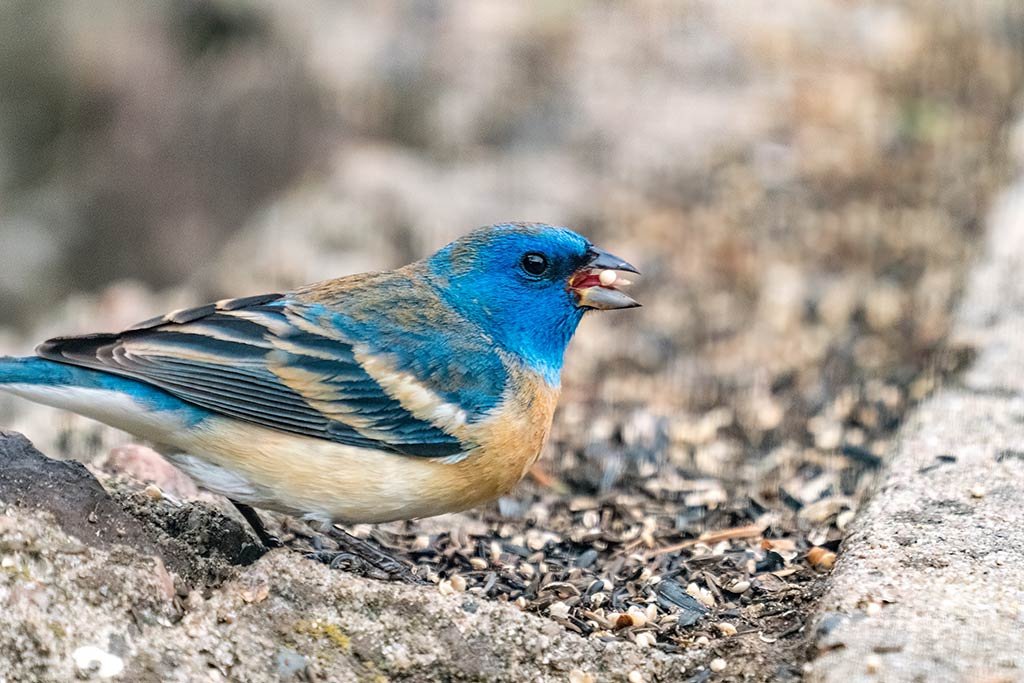
During the warm summer months, birds have access to a wide variety of insects, fruits, and nectar-rich flowers. This abundance of food helps them raise their young and store energy for migration or the coming winter. As fall approaches, food sources dwindle, prompting birds to adjust their diets significantly.
One noticeable change is the shift from insects and fruits to seeds. Many seed-eating birds, such as finches, sparrows, and chickadees, begin to rely more heavily on seeds as a primary food source. To assist these birds during the fall, consider offering a variety of seeds in your bird feeders. Popular choices include sunflower seeds, millet, and Nyjer®. Different birds have different preferences, so offering a mix can attract a wider variety of species to your yard. Click here to find a WBFI retailer near you!
Fall is also the time when many birds start to build up fat reserves for migration or to prepare for the colder months ahead. Consider offering high-fat foods such as suet cakes and peanut butter, as these calorie-dense options provide the extra fuel birds need to survive the challenges of migration and maintain their body heat in colder weather.
While fruits and berries may become less abundant as fall progresses, some species of birds, like robins and cedar waxwings, continue to rely on them as a food source. Planting berry-bearing shrubs and trees in your yard is a great way to provide a natural source of sustenance for these feathered foragers.
Water is essential for birds year-round, but it becomes increasingly important in the fall when natural water sources may freeze over. View WBFI’s 6-Steps to Turn your backyard into a sanctuary. Providing a heated birdbath or simply ensuring that your birdbath remains unfrozen during the colder months can be a lifesaver for our avian friends. Remember to change the water in your bird bath daily. For more information, visit our #FEEDSMART page.
By understanding the changing dietary needs of birds during the transition from summer to fall and taking simple steps to support them, you can create a bird-friendly environment that benefits both you and these delightful creatures. So, go ahead and stock up on seeds, provide high-energy foods, plant berry-bearing shrubs, and keep water sources accessible to watch these beautiful creatures thrive in your backyard during the fall months!
Recent Articles
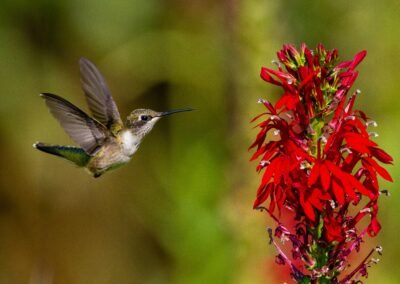
Chasing Spring: The Marvel of Hummingbird Migration

2024 Great Backyard Bird Count Results
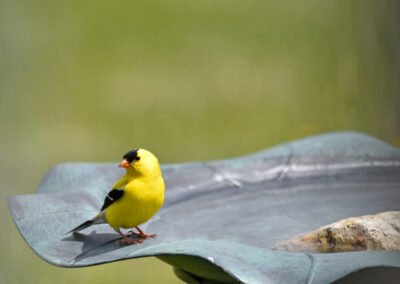
The Art of Attracting Birds to Your Yard
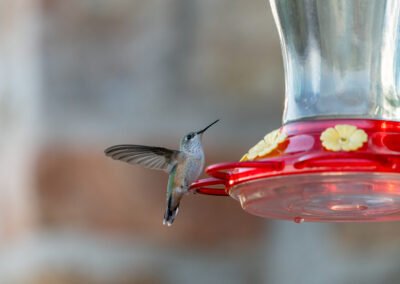
Why Bird Feeding is Important
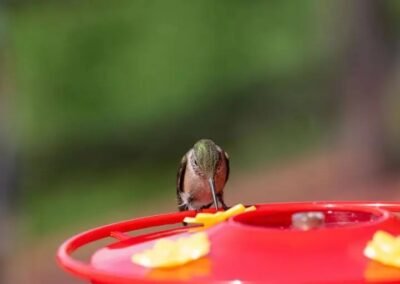
Hot Tips for Cool Birds: Caring for Feathered Friends During the Summer Heat
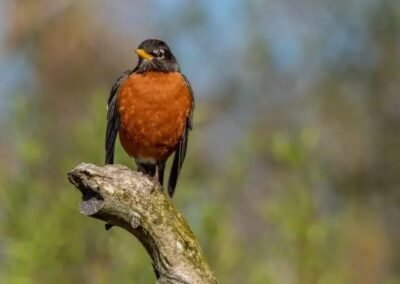
The Soothing Melody of Birds: Exploring the Mental Health Benefits of Nature’s Song
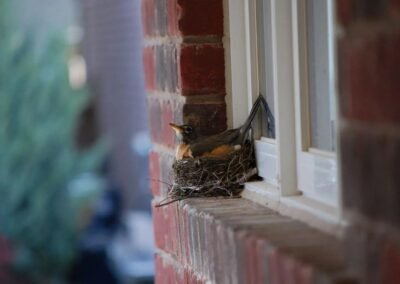
How To Stop Birds From Building Nests On Your House
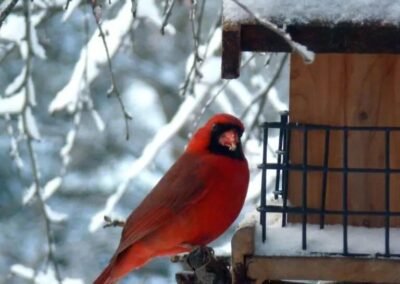
Celebrating National Bird Feeding Month: Then & Now
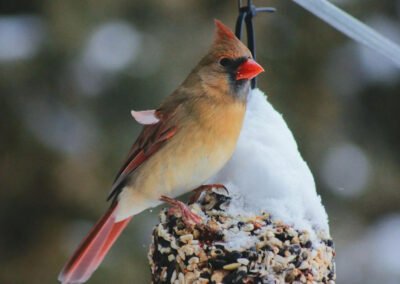
Importance of Helping our Flying Friends in Winter
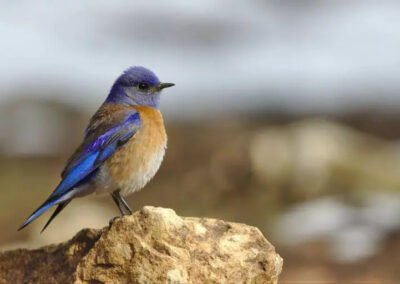
AOS Announces Transformative Changes to English Bird Names
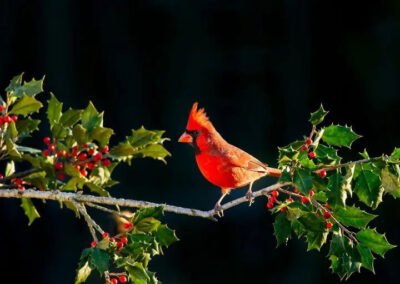
Join the Audubon Christmas Bird Count!
